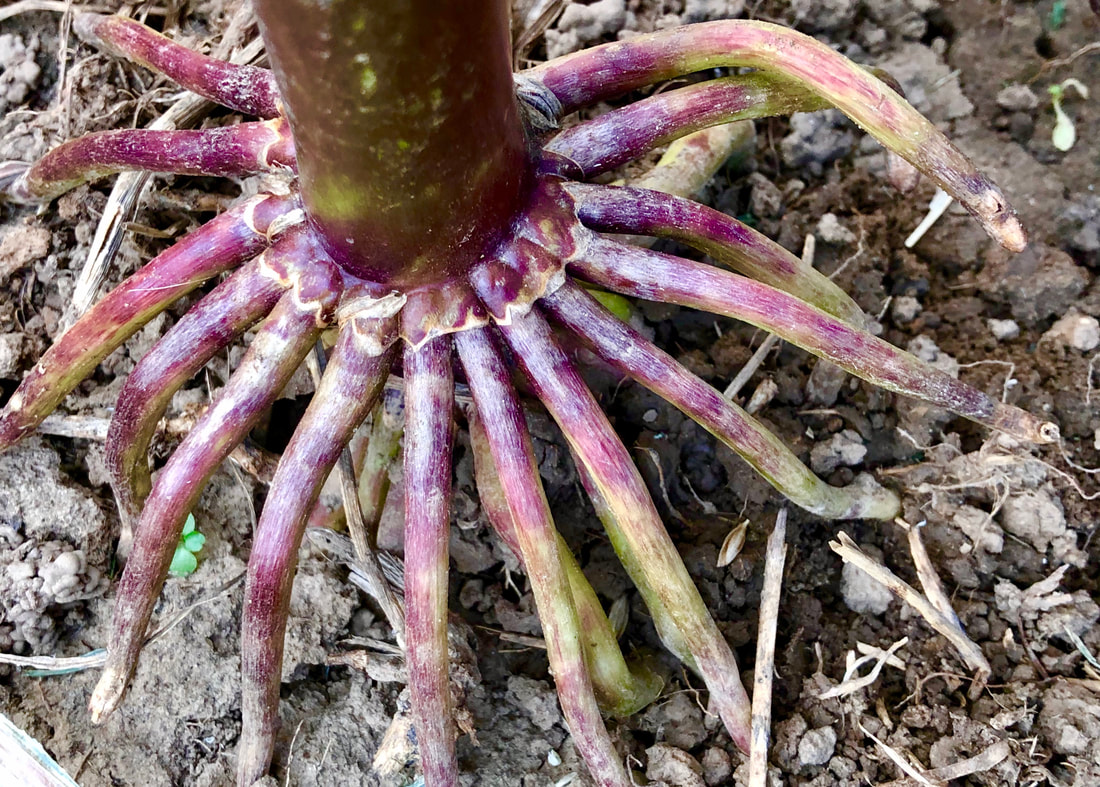
It was chilly, but the rain had stopped and we wanted to get out to explore. We decided to try a place we had never been, a relatively new section of the Ice Age trail about 25 minutes of out town. (The trail is envisioned as a "thousand mile footpath tracing ice age formations on the landscape." It is far from complete at this time, but grows incrementally as portions of land are ceded or owners grant right-of-way access.) It turned out to be a lovely outing. The terrain kept changing, offering unexpected new experiences in just a few miles, and the sun came out and cast its glow over everything. The variety and sense of bounty the trail offered was especially welcome because the very strong winds we had had for a few days seemed to have blown off the most brilliantly colored leaves, and I was already feeling the desolation of late fall. The brightest red maple leaves had passed, and the purple ash leaves had no intensity. The tree in front of my house (inoculated and safe so far from the emerald ash borer) had turned bright yellow almost overnight, but with the fierce swaying of the branches in the high winds, the colored leaves came furiously swirling to the ground within two days.
But back to the trail. As expected, the path skirted fields and led through forested areas, sometimes following rock formations. The woods were relatively young-- the area had either been lumbered or more intensively farmed at some time in not-too-distant the past--and was dominated by oak and hickory trees. The hills were gentle, as was the dominant color palette: varieties of muted greens, golds and browns, with occasional accents of black, red, orange and purple (swollen pokeberry stems particularly stood out with their bright magentas). When one stood back from the woods, in particular, it presented a soothing autumnal tableau; restful and gentle, it reminded me of a hand-colored sepia photograph.
Despite the sadness of standing in this manifestation of such short-sighted monoculture and all the implications of not living in a cooperative ecosystem, this part of the trail still brought a gift: a chance to experience this plant with full attention and appreciation. I don't think I had ever lingered in a cornfield at just this time of the growing cycle, when the crop was dried out but not yet harvested (if it had been sweet corn, it would have been cut down long before). There was an accompanying sound---a distinctive whispery crackle that would rise and fall with the intensity of the wind in the dried stalks. There was aesthetic delight in the many shapes and textures, and in the plays of color--subtle variations on the stalks (a deep red at the joints, eggplant hues on the roots) and husks (from a creamy off-white to shades of purple); the sharp contrast between the dark dried-out corn silk and the pale husks; and the bright bright yellow of the crop itself. There was the warmth of the sun shining through the few still-green leaves, and the discovery of the tiny hairs that grew up the stalks, perhaps to protect them, or let in moisture. There was the pleasure in seeing the patterns of the ripe ears, which at this point in the season were in different positions, some playfully pointing toward--or away--from each other, some seemingly following the push of the wind. And the amazing roots, those sturdy mandalas that gripped the ground in no uncertain terms. This is a really strong plant, growing so high and solid in a single season, and, especially because I was there with the observant camera's eye, I was given the chance to fully take it in.
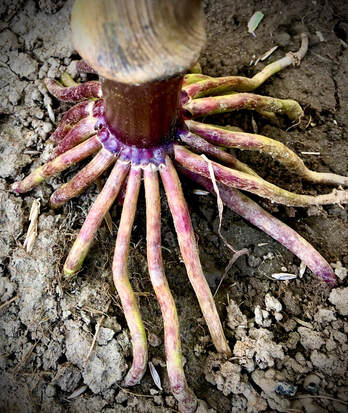
Perhaps I'll still have that opportunity in the future, but in any case it was a visceral reminder of how I relate to these natural environments and materials, wanting to know them as an artist, to show off their essences and help other people see them anew, with eyes of awe.
I had expected to be including more about some of my art this month, but this is what came forward. There's always more, but I will stop here. It seems appropriate to quote Janet Conner, who recently wrote these words in her weekly newsletter (see janetconner.com/):
"If it's meant to be sung, sing it. If it's meant to be lived, live it. You have no option but to live the art that wants to be lived."
That's it: this, today, is the art that is meant to be lived by me.
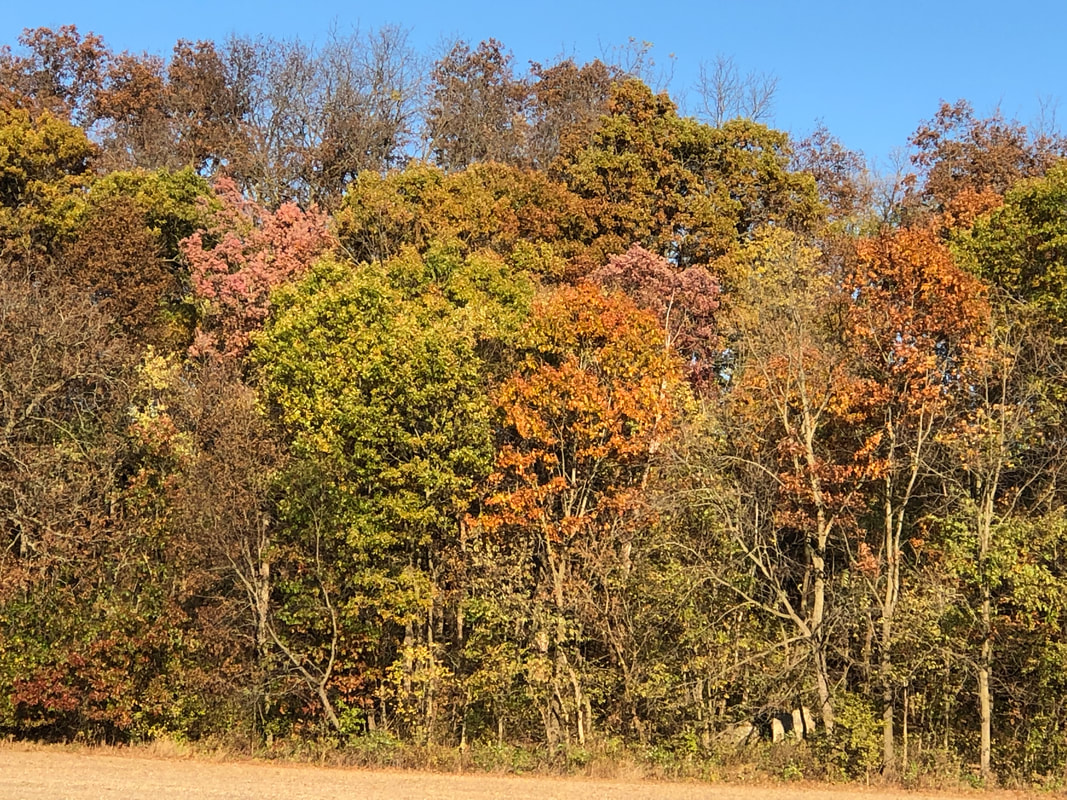
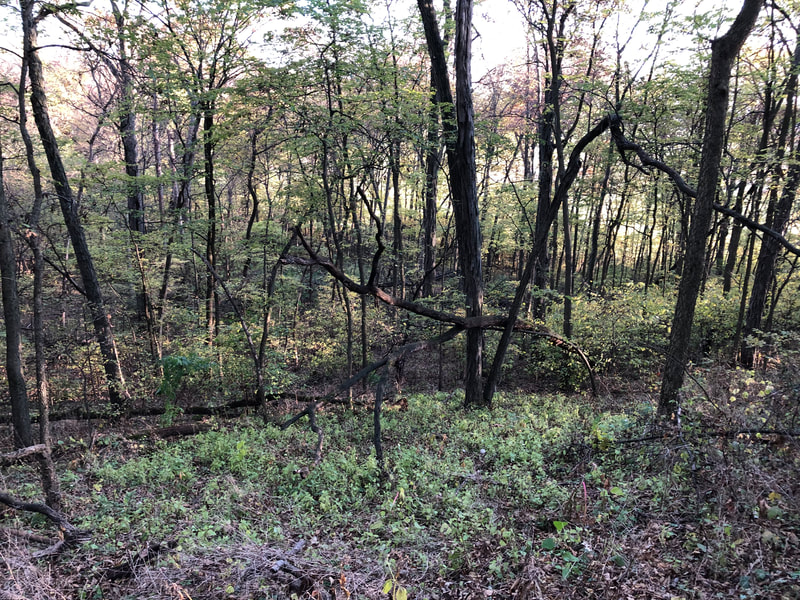
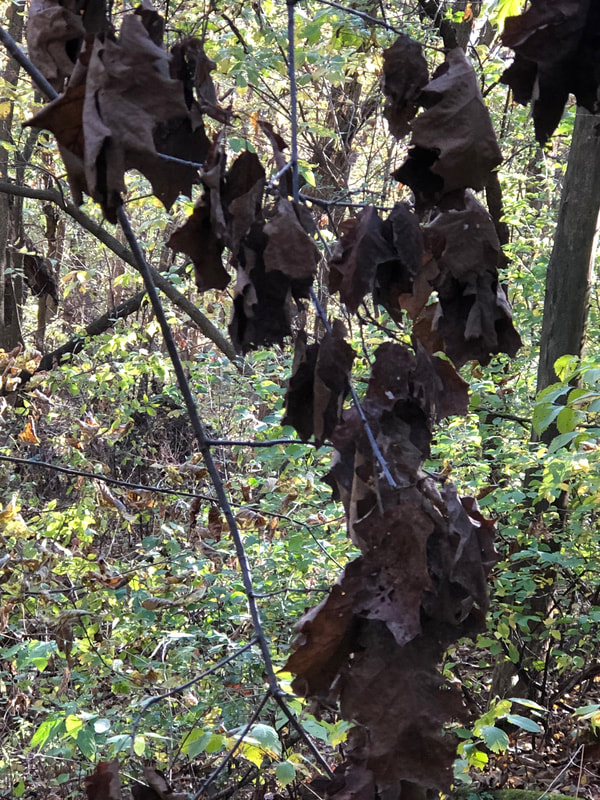
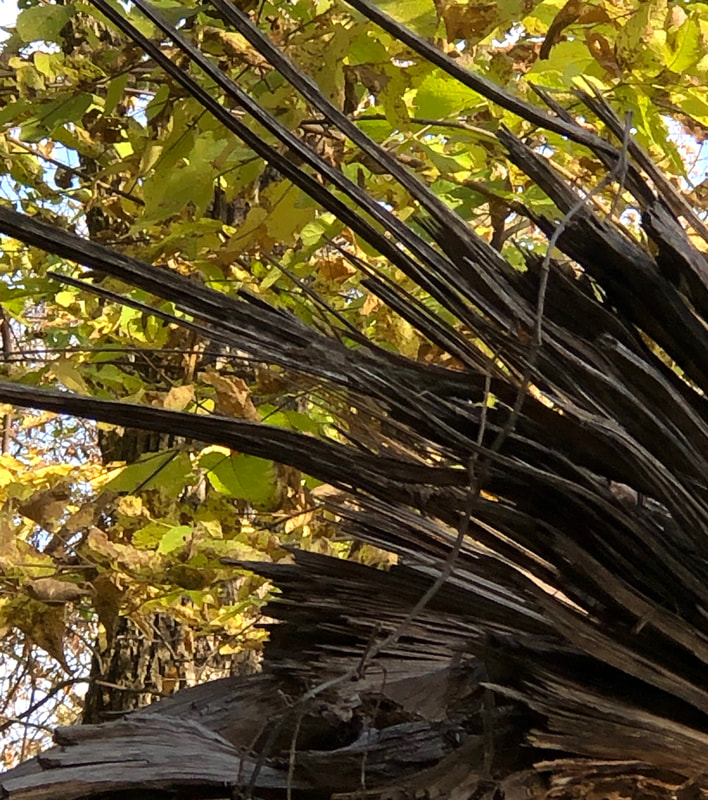
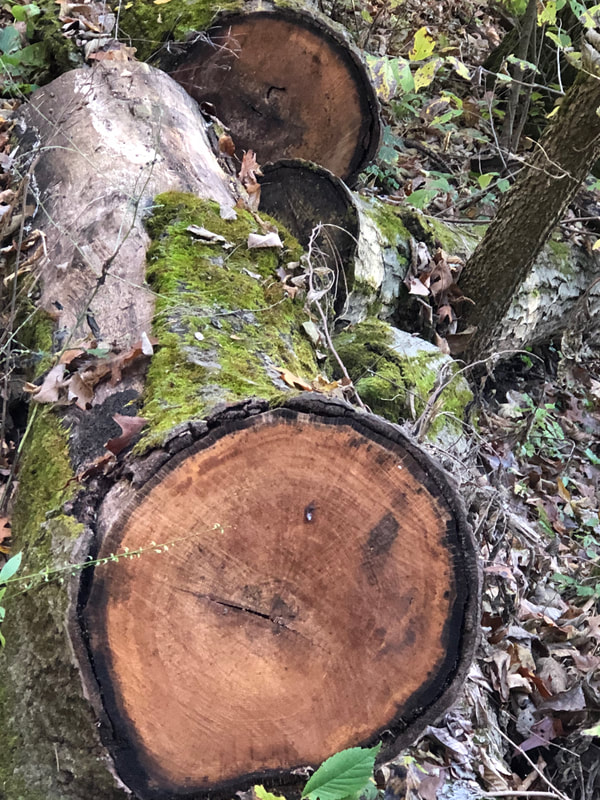
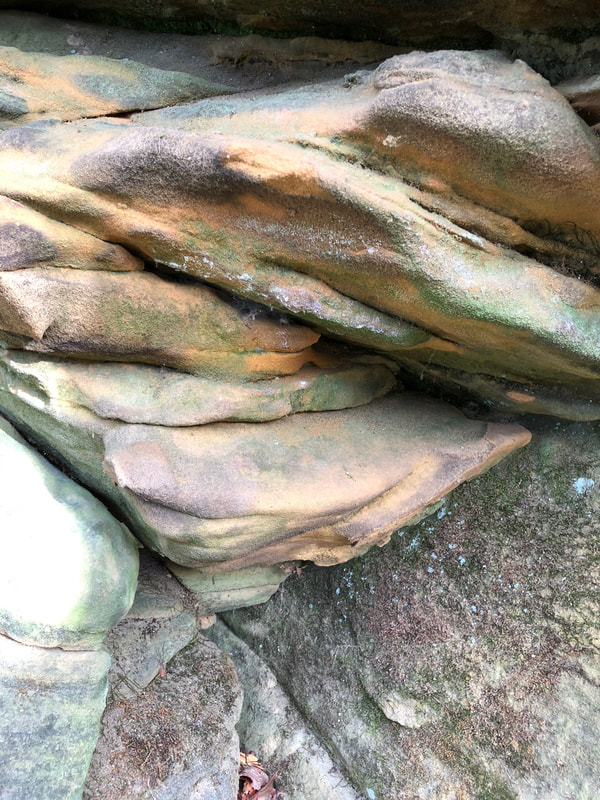
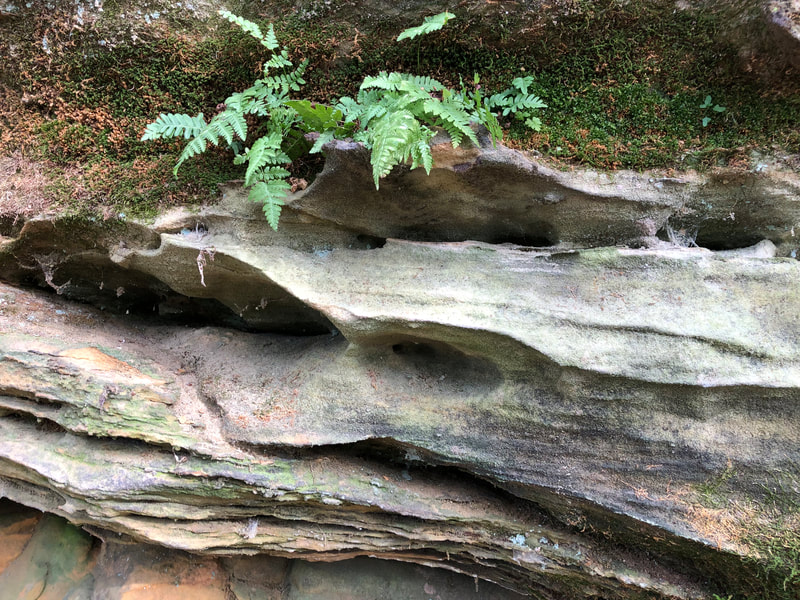
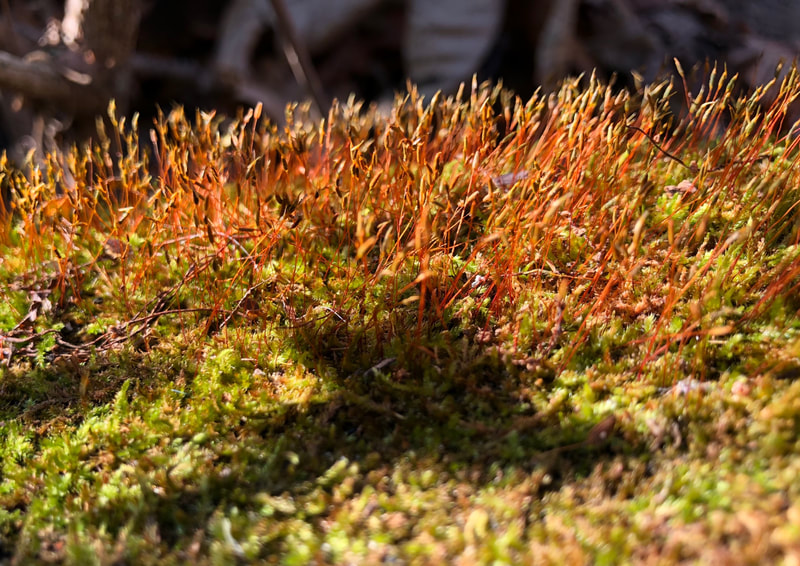
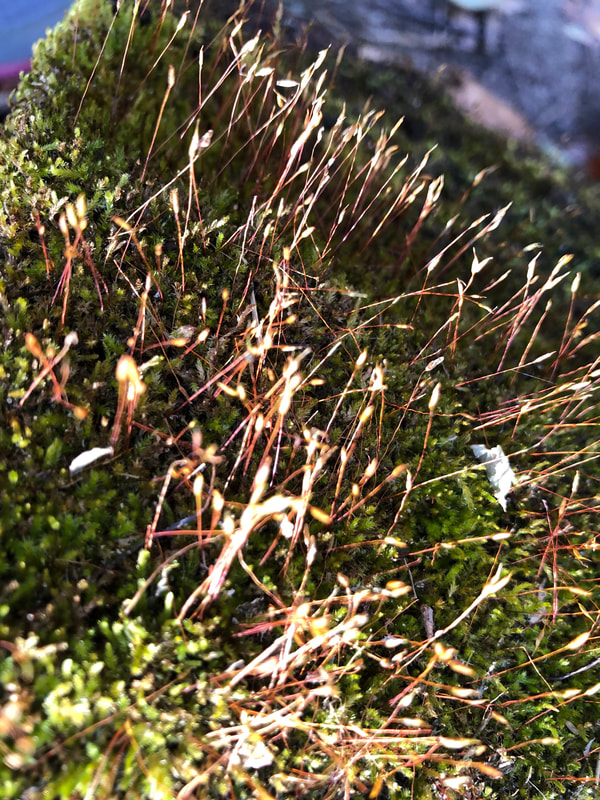
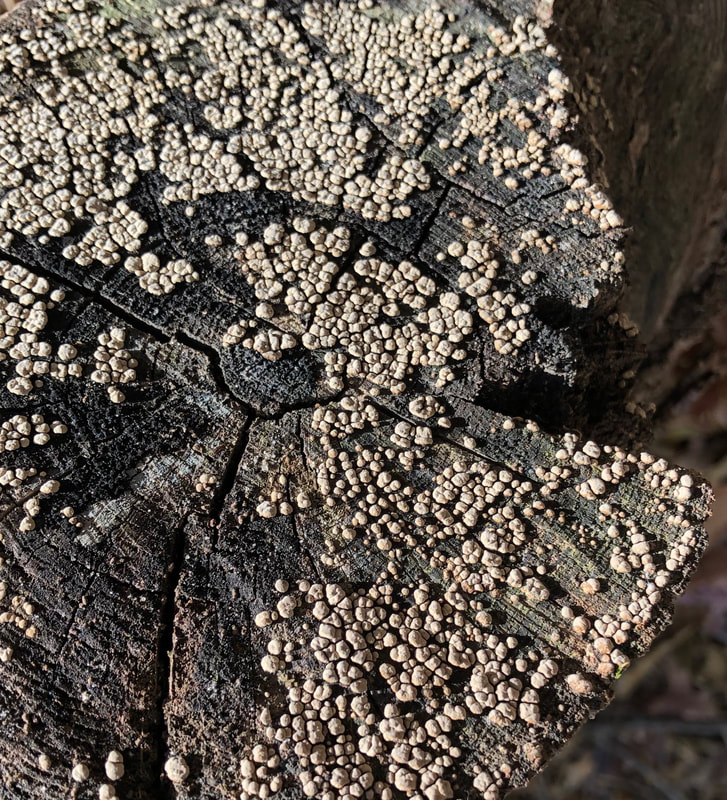
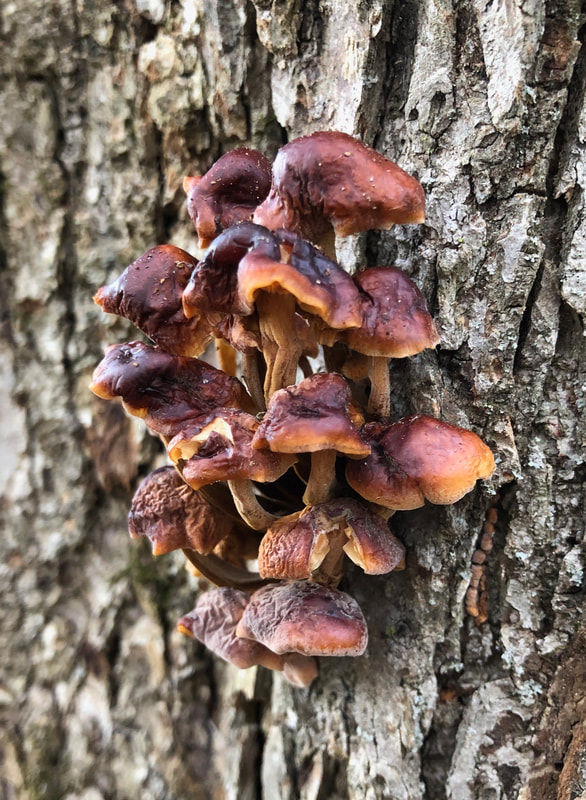
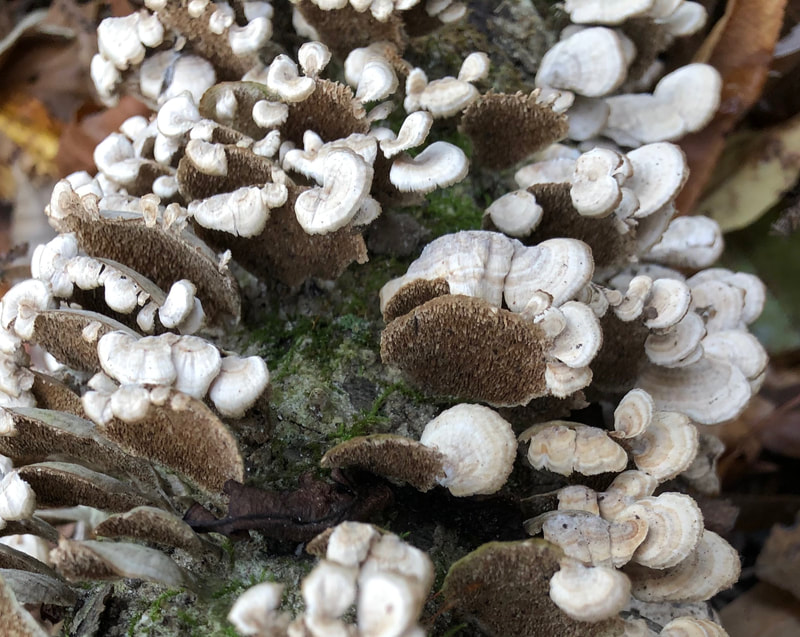
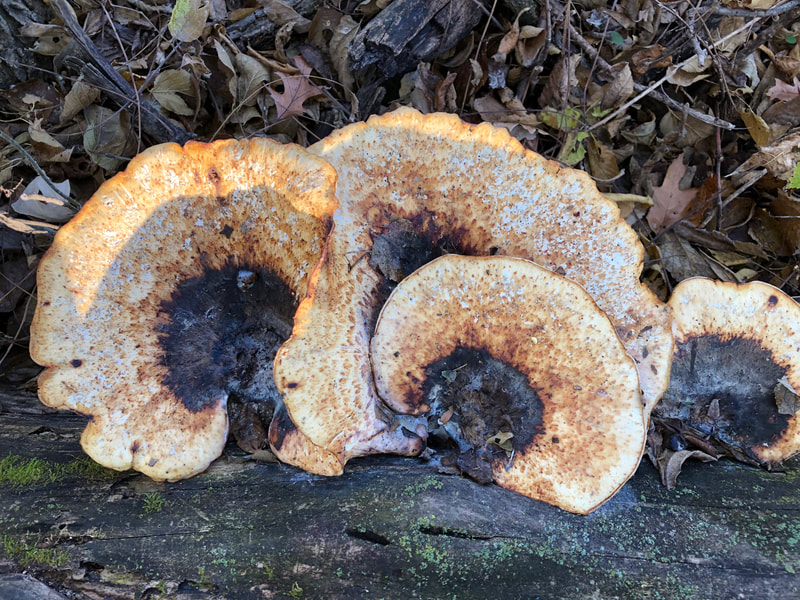
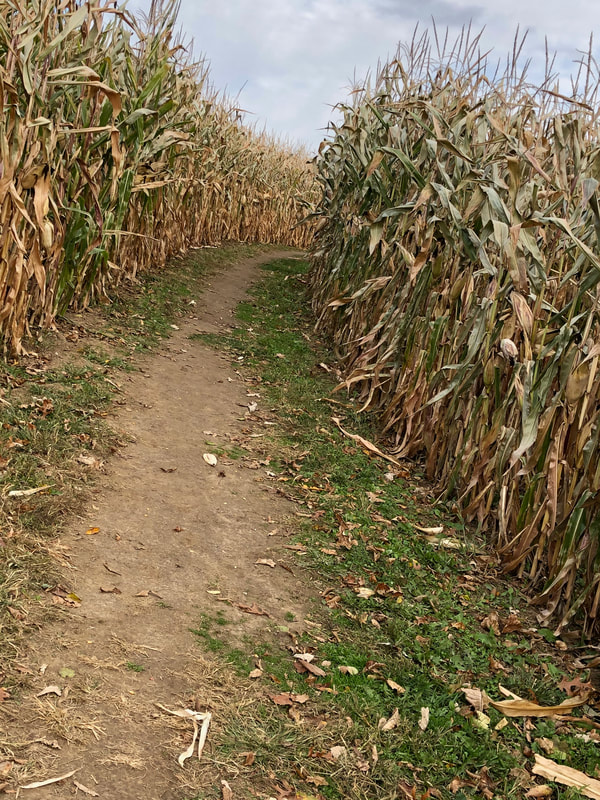
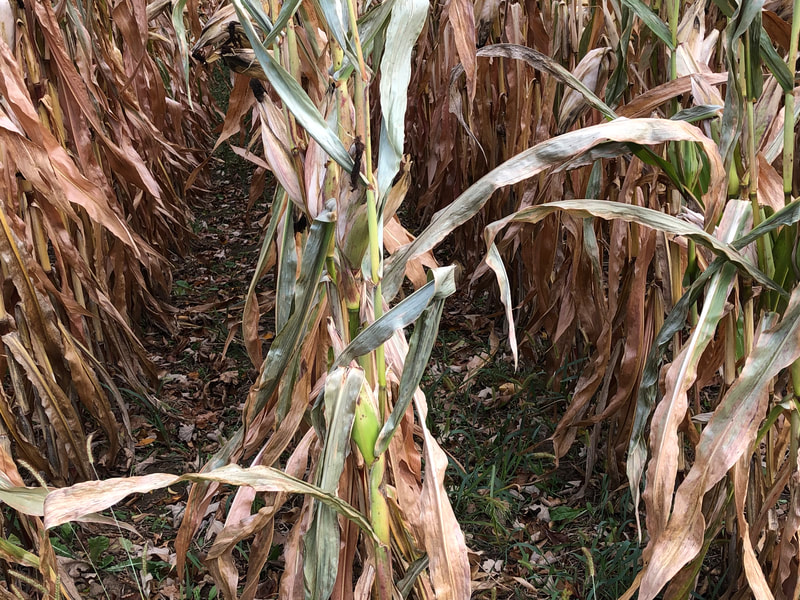
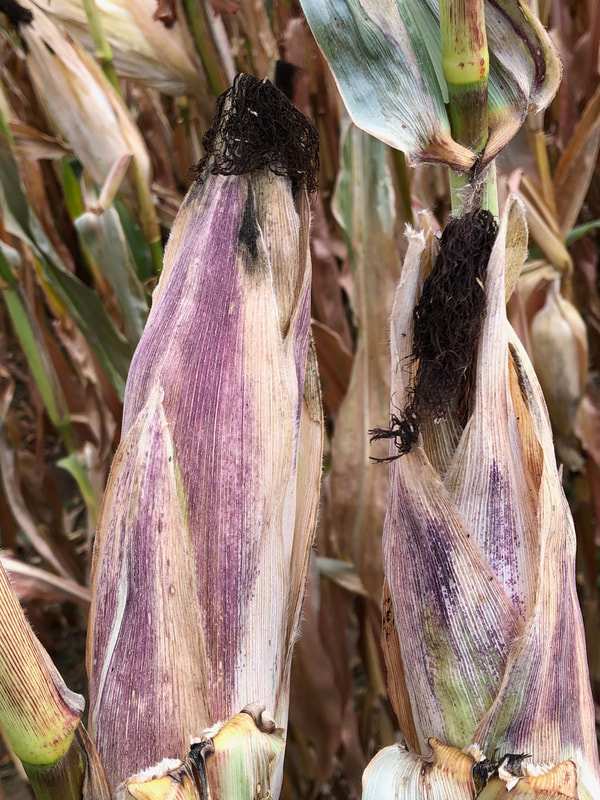
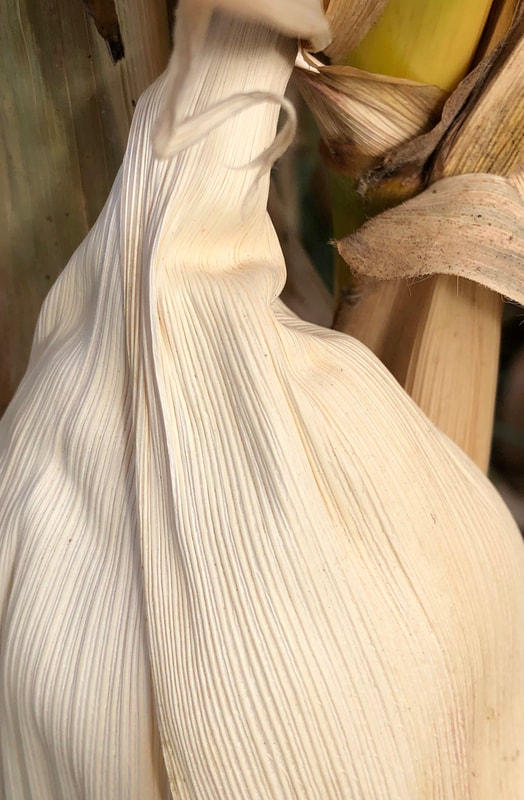
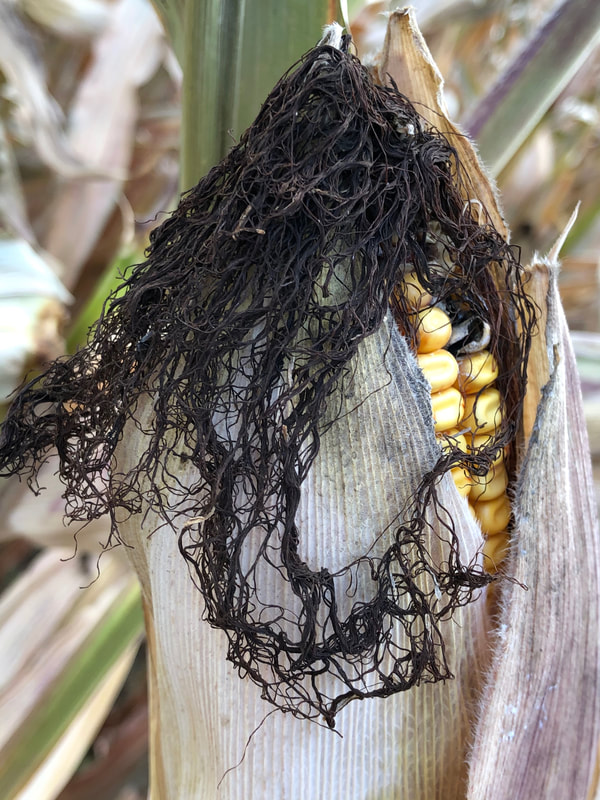
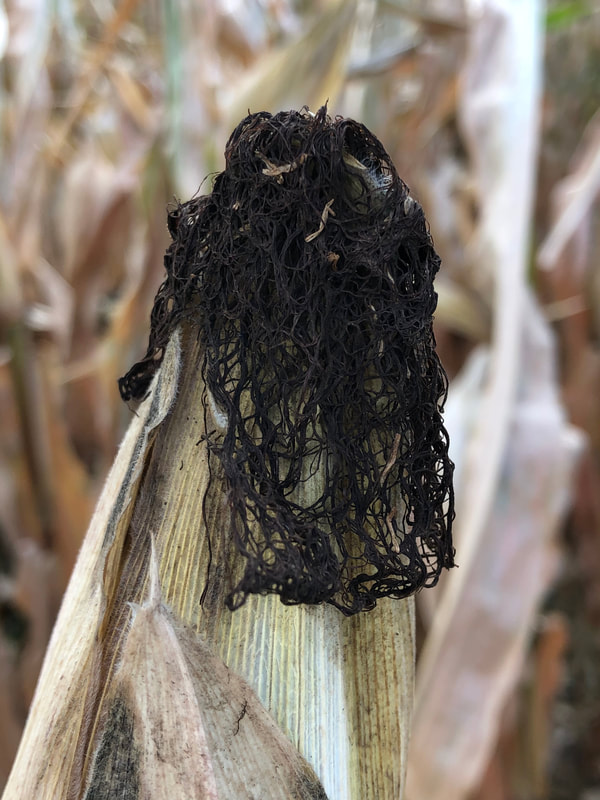
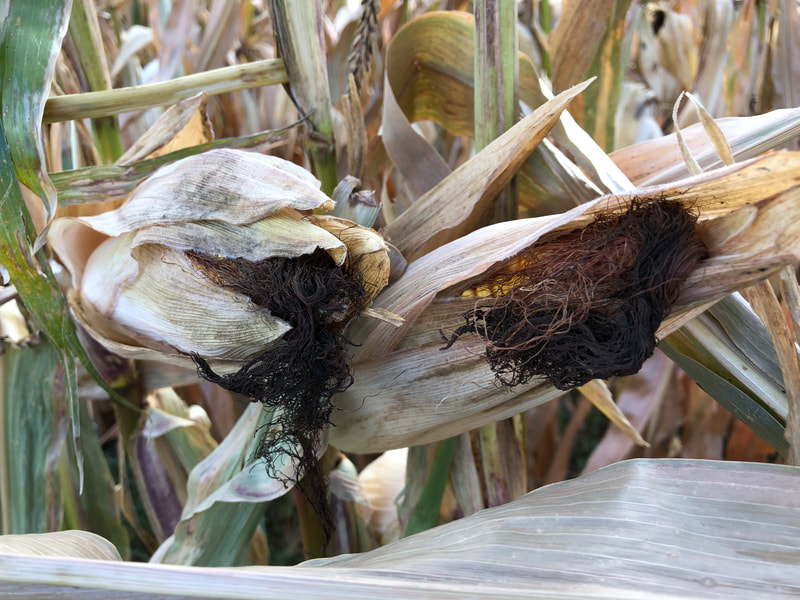
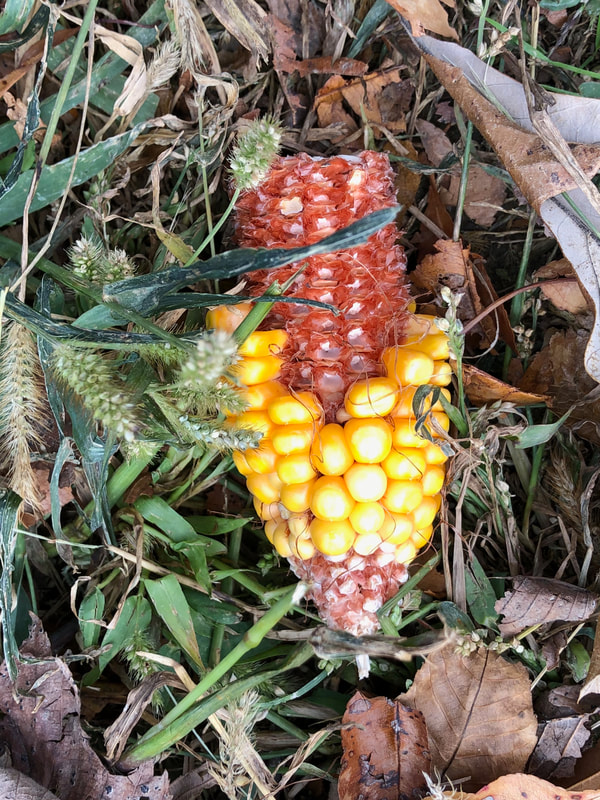
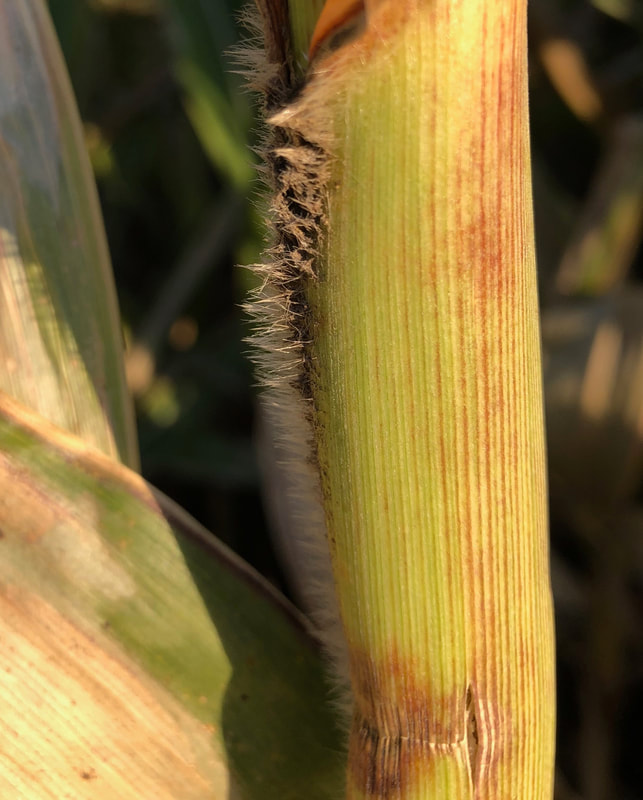
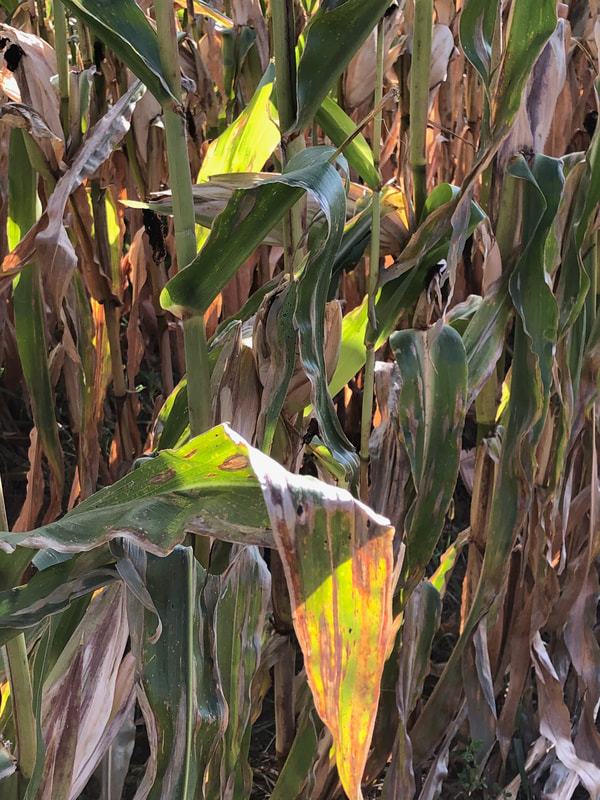
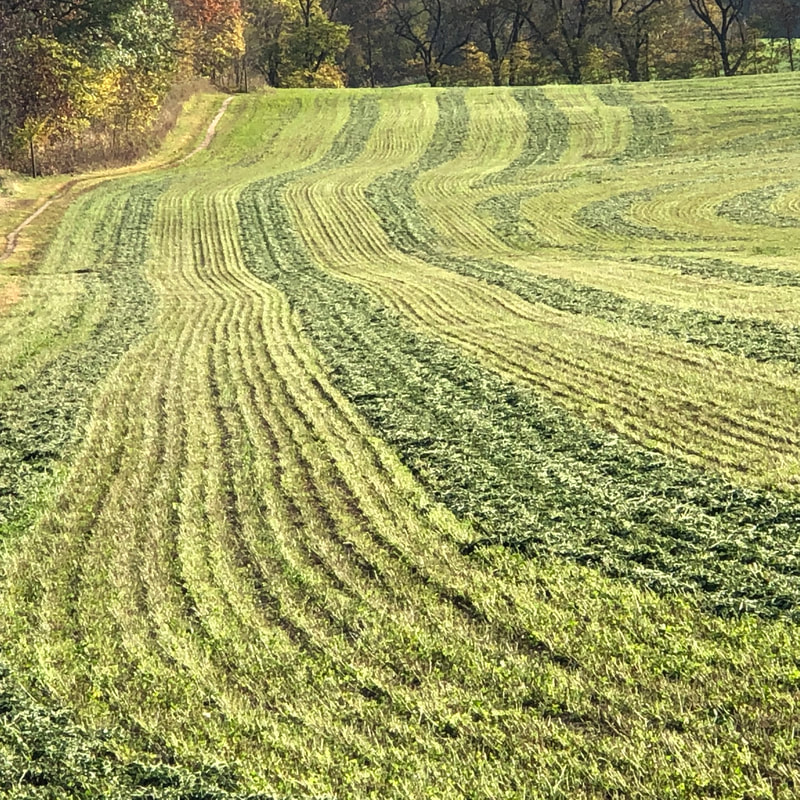
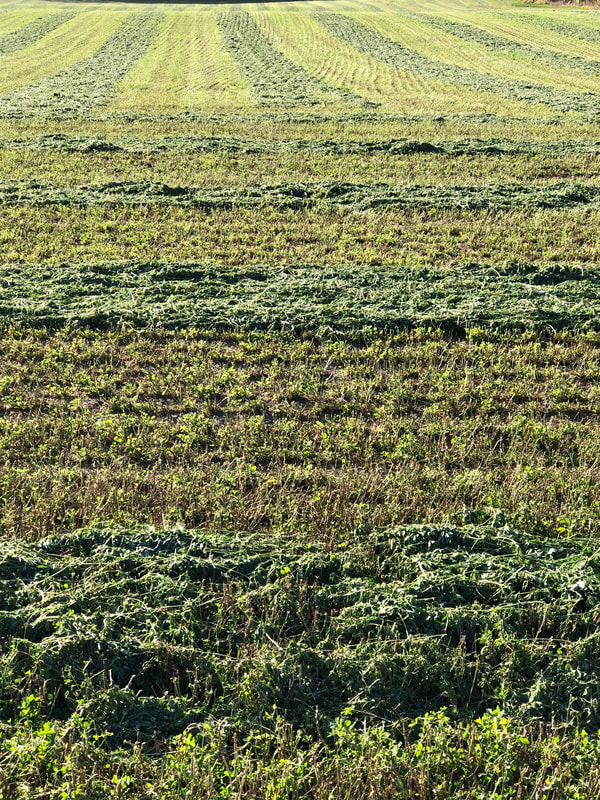
 RSS Feed
RSS Feed